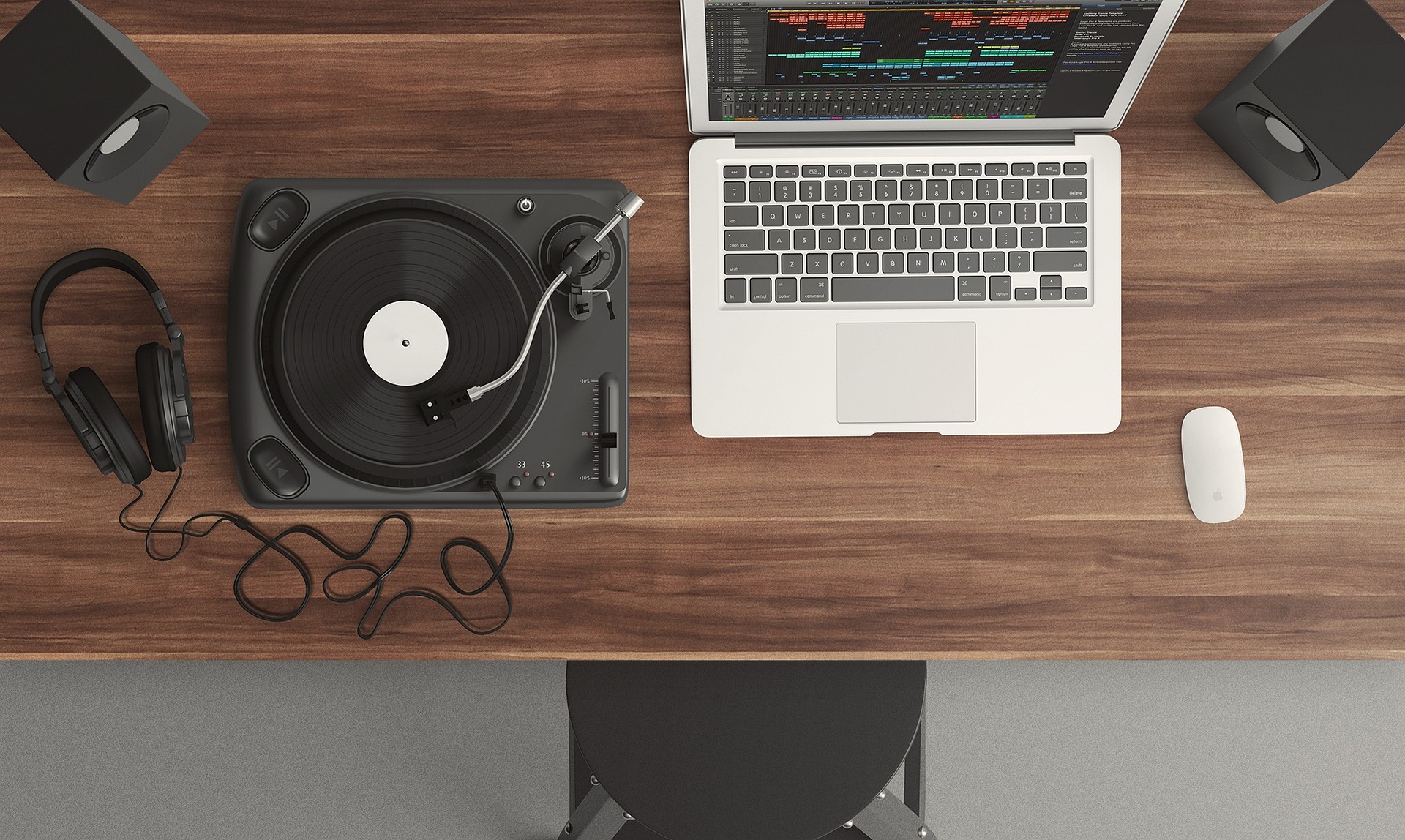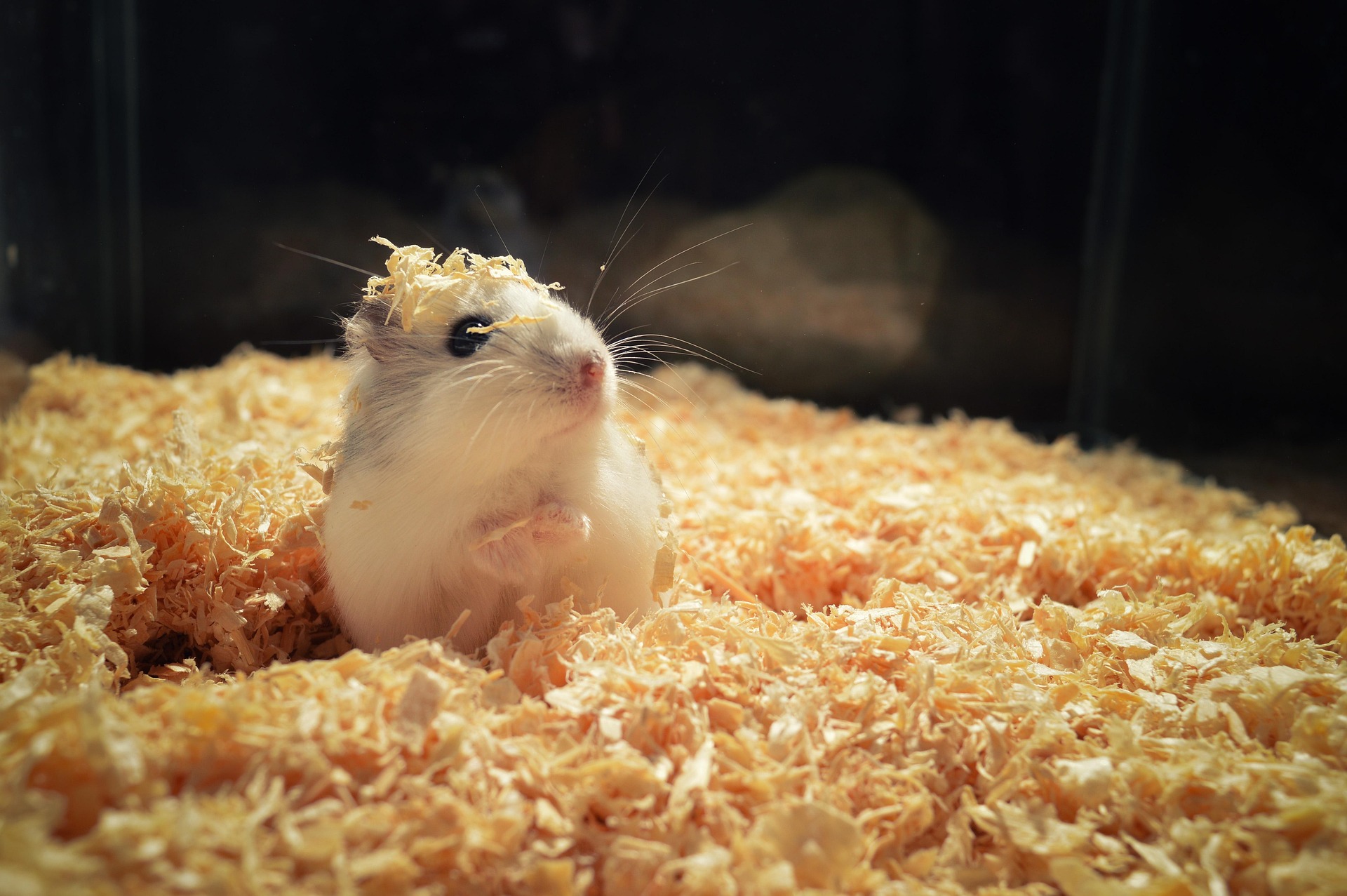Dancing to the Beat of Bioacoustic Technology
Bioacoustic technology has quietly carved itself a niche within the technological landscape, deepening our understanding of the natural world around us. Its symphony is woven from the threads of biology, computer science, and environmental science, harmonizing in a melody that’s both ethereal and exciting.

A Backstage Pass to Bioacoustics
In the early 20th century, the invention of audiotape revolutionized how we captured, stored, and listened to sounds—particularly those of our natural world. The study of animal and plant sounds, or bioacoustics, has its roots in this period. As technology evolved, so did bioacoustics, shifting from analogue recordings to digital data, and expanding the scope of its applications within the spheres of research and conservation.
Current Notes from the Bioacoustic Orchestra
Bioacousticians are now employing trailblazing techniques and powerful AI to map out the planet’s sonic landscape. Advances in machine learning have empowered researchers to sort through volumes of audio data, identifying intricate patterns and unlocking the secret language of species. In 2020, Google’s bioacoustic program AI for Social Good launched a global initiative aimed at monitoring biodiversity using bioacoustic technology.
Tech Specs: Understanding the Instrumentation
Diving into the tech specifics, a common setup includes an audio recorder, a microphone, and a battery pack, essentially creating soundscapes of target areas. Powerful software processes these recordings, converting them into spectrograms for closer analysis. By identifying unique animal frequencies and disruptive human noises, scientists can evaluate the impact of activity, like deforestation or construction, on wildlife.
As this technology matures, prices for such instrumentation have become more affordable, opening the field to citizen scientists and hobbyists. Good-quality recorders now start at around $200, with professional-grade ones ranging above $1000.
Market Impact: A Melodic Moneymaker?
The potential market impact of bioacoustic technology is as vast as the habitats it monitors. By transforming sound into tangible data, bioacoustic technology’s applications extend beyond research, conservation, and wildlife monitoring. The technology has found use in industries ranging from healthcare—with bioacoustic devices helping diagnose respiratory illnesses—to agriculture, where farmers use bioacoustic sensors to monitor crop health and pest presence. The global bioacoustic sensing market is estimated to reach $2.17 billion by 2026 according to a report by Orbis Research, indicating a promising future for this interdisciplinary technology.
A Deep Dive: Parsing the Soundwaves of Progress
What makes bioacoustic technology so compelling is the way it takes us beneath the surface of the audible world, revealing the complex interplay of nature’s sounds. With higher signal processing capabilities and robust AI algorithms, it cuts through the cacophony, discerning the unique voice of each species.
As our planet continues to reel under mounting environmental stress, the symphony of bioacoustics offers a tune of hope. Amidst the hum of progress, it reminds us that technology isn’t just about the latest gadget or app—it’s also about deepening our connection with the world around us, one chirp, whistle, and roar at a time. The combined strains of technology, science and nature - that’s a melody to which we can all dance.




